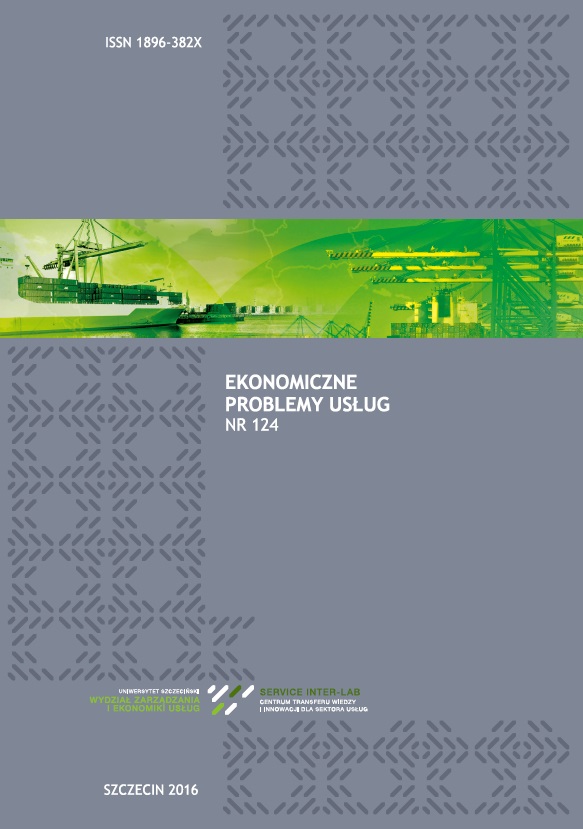A formal model for planning and controlling search and rescue actions at sea
A formal model for planning and controlling search and rescue actions at sea
Author(s): Dario Medić, Anita Gudejl, Maja KrčumSubject(s): Economy, National Economy
Published by: Wydawnictwo Naukowe Uniwersytetu Szczecińskiego
Keywords: UAV; Petri net modeling; conflict avoidance
Summary/Abstract: Recently, during search and rescue actions at sea, Unmanned Aerial Vehicles (UAVs) have been used. Onboard decision capabilities allow an UAV vehicle to reach the entity that is in distress at sea. UAVs are launched within a few minutes to begin search actions. When the exact location of the injured entity is detected, a rescue action should begin. According to the collected information about the vessel’s position, manoeuvrability, and velocity, the control centre determines which vessel is to be engaged in the rescue action. This highly autonomous system can be described as a discrete event system. Certain states of such systems, such as collisions, are undesirable. This paper presents implementation of information flow to supervise, control, and monitor the behaviour of the UAVs during the search, to avoid collisions and to communicate with computational onboard sub-systems. Planning algorithms and coloured Petri nets are used to specify different phases of the mission execution. When a certain UAV detects an injured entity, alternative encoded reactions are triggered and a control centre starts implementing the rescue plan.
Journal: Ekonomiczne Problemy Usług
- Issue Year: 124/2016
- Issue No: 3
- Page Range: 27-37
- Page Count: 11
- Language: English

